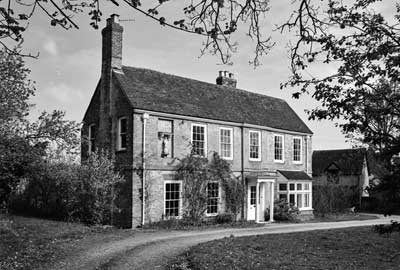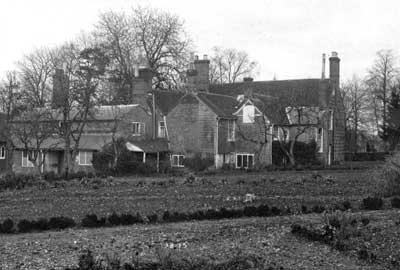Writing in 1941, Christopher Hussey describes
the Vicarage.
“The front of the Vicarage is early Georgian,
and part of the back Elizabethan, or perhaps even earlier. The window
tax operated from 1697 - 1851, and there are several bricked up windows.
In 1766, the tax was 1/6d per window. The vicarage is a larger version
of Froyle Cottage tacked on to an earlier building of sixteenth-century
origin. It is a rambling, homely, gentlemanly house, with large stables,
where the Rev. Richard Follen (1773) was vicar for 30 years, to be followed
in 1804 till 1864 by the Rev., afterwards Sir, Thomas Combe Miller,
both of whom employed curates who lived in the vicarage. During the
Rev. Sir Thomas’s incumbency Anglicanism was enforced by his double
authority of parson and squire, though it is perhaps significant that,
in spite of this, a Wesleyan meeting-house was built in Lower Froyle
in 1861, still in the Georgian tradition of clunch and brick.”
|



